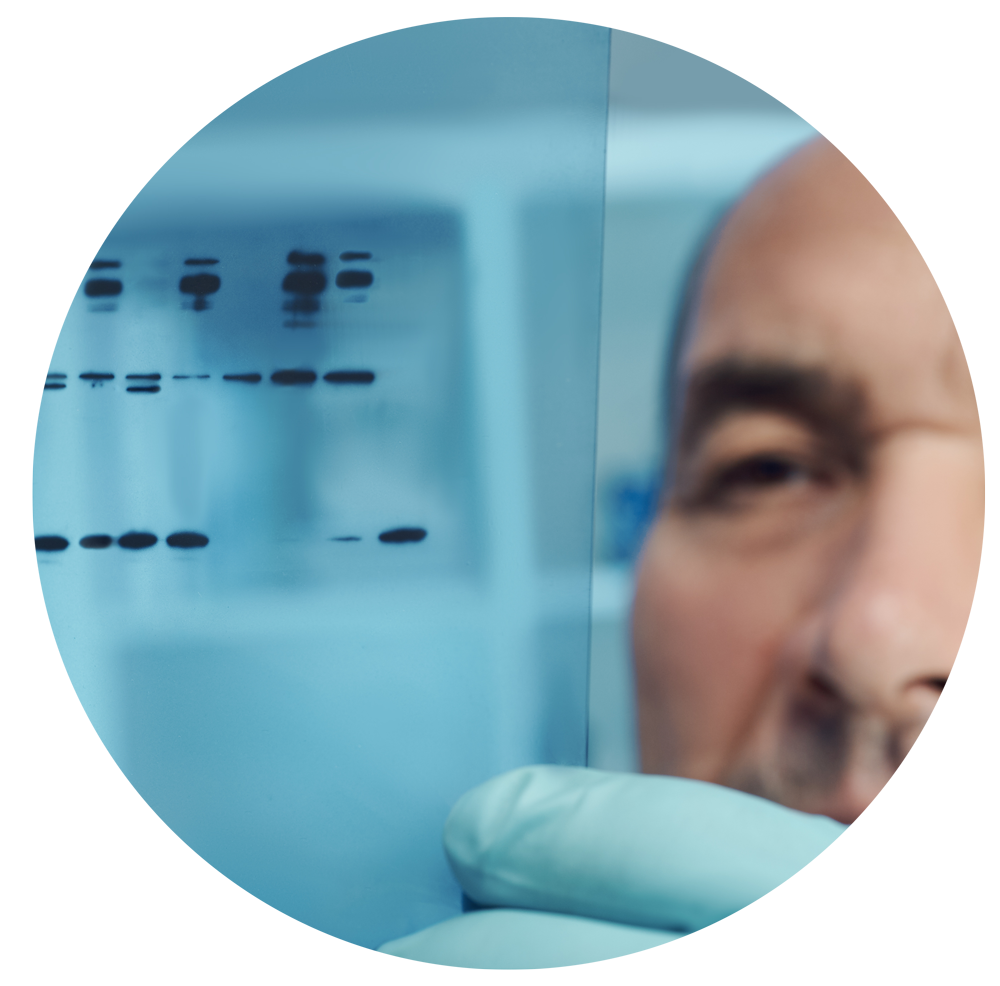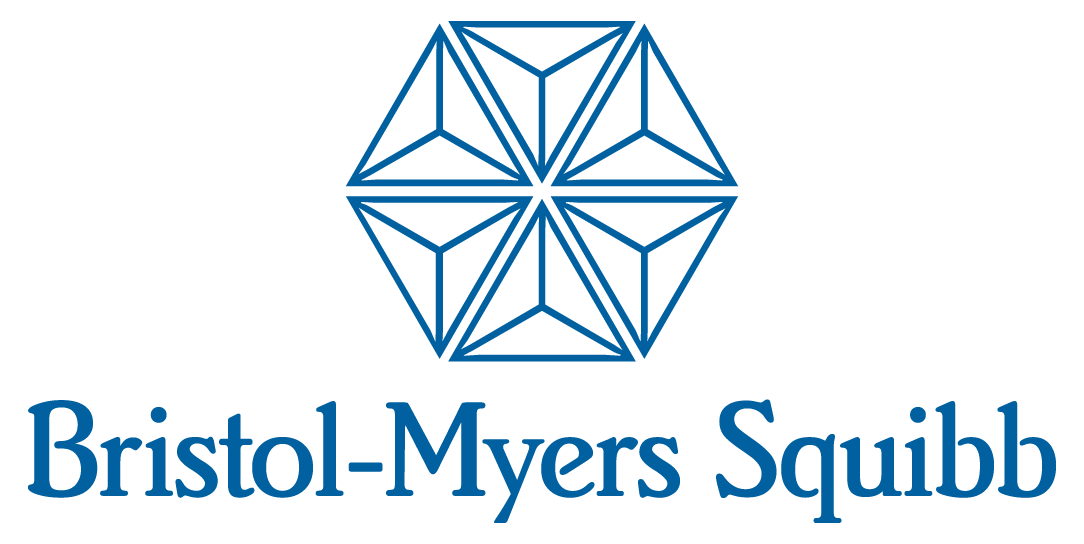Western Blotting (WB)
Western blotting is a method used for the detection of a specific protein in a complex matrix, using a primary and secondary antibody. It is employed in virtually all research and diagnostic laboratories. It provides a rapid, technically simple method to study protein expression levels and protein post-translational modifications in physiological and disease states and to study the effects of drug treatment on protein expression. Find the best antibodies for your western blotting experiment.
Antibody Search and Western Blot
Choosing the right antibody is essential for reproducible and conclusive western blotting results.
Western blotting is applied in:
- Detection of circulating antibodies specific to a single protein or several proteins.
- In clinical diagnosis—in HIV testing to detect anti-HIV antibodies in the serum sample or as confirmatory tests for diseases.
- In the analysis of biomarkers such as hormones, growth factors, and cytokines.
- Antibody validation.
- Optimization of recombinant protein expression and proteomics studies.
- FluorFinder’s antibody database provides easy access to more than 3 million products from all suppliers to make it easy for researchers to find the perfect antibody combination for their western blotting experiment.
Western Blot
Western blotting’s initial step requires the separation of proteins in tissue or cell lysates by acrylamide gel electrophoresis (PAGE). When sodium dodecyl sulfate (SDS-PAGE) is added to the sample, a negatively charged micelle is formed around the protein to neutralize its charge and to allow separation by molecular size into distinct protein bands. Native electrophoresis uses non-denaturing conditions in the absence of SDS. Protein separation, in this case, depends on the charge, mass, and the tertiary structure of the protein.
The protein bands are then transferred or blotted onto a protein-binding membrane. Nitrocellulose and polyvinylidene fluoride (PVDF) are the most commonly used types of blotting membranes. Membranes are then blocked. Typically, the membrane is incubated with non-fat dry milk, bovine serum albumin, or with other proteic or non-protein blocking agents. This step is required to avoid non-specific antibody binding and reducing background signals.
Incubation with a primary antibody against the target protein is followed by detection with a labelled secondary antibody. The detection can be colorimetric, chemiluminescent, or fluorescent. The molecular weight of the protein of interest is confirmed by comparing the position of the band on the blot to that of control consisting of a mixture of proteins of known molecular weights. Protein degradation and aggregation can also be determined when non-denaturing conditions are employed during sample preparation.
| Separation method | Application | |
| SDS-PAGE | Based on molecular weight | Evaluation of protein expression level |
| Native electrophoresis | Charge, mass and tertiary structure | Protein degradation, aggregation, structural characterization |
| Blue Native | Separation of protein complexes | Protein-protein interactions, oligomeric-state |
| IEF (Isoelectrofocusing) | Isoelectric pH | 2D electrophoresis, proteomics analysis |










